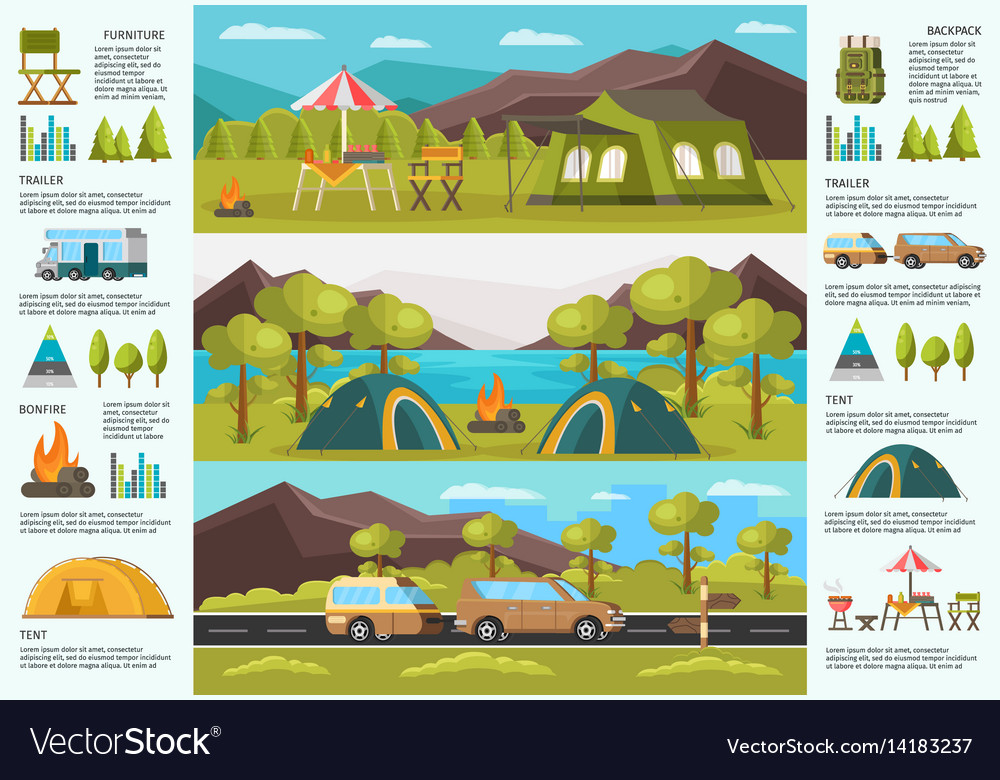Make Your Online Sales Sell Camping Tents With These Tips
Make Your Online Sales Sell Camping Tents With These Tips
Blog Article
Does Your Backpacking Tent Required a Footprint?
A footprint is expensive and adds additional weight to your backpack. It likewise isn't specifically sturdy.
Are canvas tents worth the money?
Ultimately, whether or not a tent footprint is necessary depends on where and how often you're camping. As a whole, it's an excellent concept to make use of one if you camp on unpleasant surface areas or in damp problems.
Outdoors Tents with Reduced Deniers and Water Resistant Ratings
Tents with reduced deniers and water-proof rankings often tend to be lighter, yet they can likewise be much more delicate. They may need more frequent repairs and have much less indoor area than tougher models. If you're an informal backpacker that suches as to travel fast and light, this might be great; nonetheless, even more knowledgeable hikers understand that sacrificing resilience can feature large effects down the route.
The denier and water resistant score of a camping tent's canopy, rainfly, and floor can help you establish its livability. Seek higher-denier textiles on the cover and rainfly, in addition to taped joints that assist avoid water from seeping through stitches. Some manufacturers even use warmth and sealant during building and construction to develop a more powerful joint; these are called bonded seams.
The livability of a tent can also be identified by its floor measurements and capability. A camping tent's floor need to be somewhat smaller than the footprint to stop water from pooling under the sanctuary.
Camping Tents in Rough Terrain
Numerous backpacking tents include an impact made especially for their version, which aids make sure an appropriate fit and safeguards the tent's base from moisture and sharp things. Various other suppliers market universal impacts that can be reduced or folded up to match a camping tent's dimensions.
The type of terrain you'll run into is another crucial factor to consider for selecting a tent. For instance, if you'll be camping in a canyon or gully, seek a sanctuary that can manage strong winds. These conditions create disturbance that can make the difference between enjoying your campsite or enduring discomfort.
The ability and top height of an outdoor tents provide you a good concept of its livability, however additional variables to think about include vestibules (the area of the rainfly covering the doors) and general storage space. As an example, during our winter months testing of the Marmot Tungsten, its charitable 93-by-82-inch floor easily managed four perspiring backpackers and their puffier shoulder season resting bags while still leaving sufficient area for gear and people.
Camping Tents in Damp Issues
Even if your tent shows up dry, dampness lurks in the spaces and crannies. Over time, it can break down the material. That's why it's so essential to take advantage of day of rest to deep-clean your tent and its elements, such as zipper linings, risk loops and adjustable webbing straps.
Likewise, make sure to pitch your outdoor tents in a flat location, not a divot or concave spot, to ensure that ground water does not gather in between the camping tent flooring and footprint or tarpaulin. And if you're using an impact, consider a custom-cut one created for your outdoor tents's floor plan. It will not collect rain the means a generic ground cloth or tarpaulin can.
Technique setting up and removing your outdoor tents in your home prior to you hit the trail, to get a feel for just how quickly and effectively you cool tents can do it. Additionally, practice scouting your outdoor tents in different surfaces to see just how very easy it is (or isn't) to do in bad climate condition.
Tents in High-Rise Situations
Camping tents vary in flooring size and livability. For instance, a huge camping tent with twin doors and vestibules like Marmot's Tungsten can manage four backpackers without needing acrobatics to enter and out or to store equipment.
The minimal trail weight spec is the most effective spec to compare designs, as it consists of the bare essentials: camping tent body, rainfly and posts. Yet keep in mind that the spec leaves out tent stakes, person lines and things sacks.
Most backpacking camping tents can stand up to a light summer season storm, but some can be swept away by gale-force gusts. Try to find a model with solid posts, an increased bathtub-style flooring and seam taping to decrease the opportunity of water permeating through. More expensive styles additionally tend to feature stronger products that can stand up to the influence of debris and other forces.
How much is a 1 person tent?
